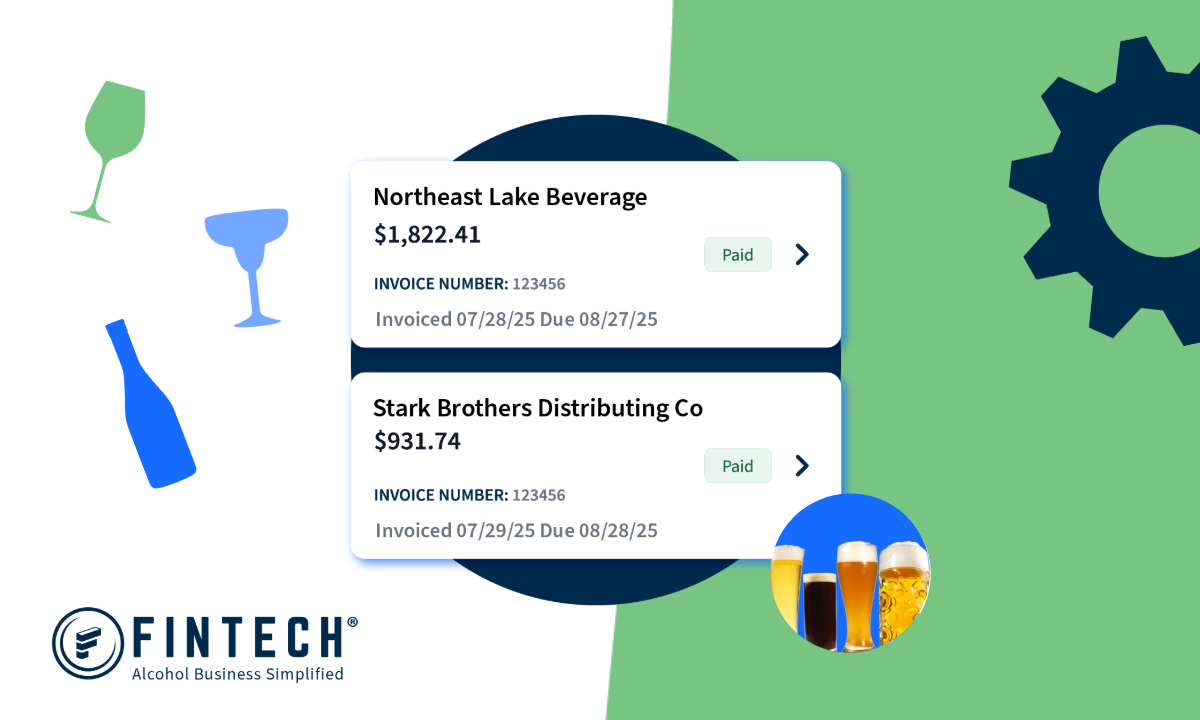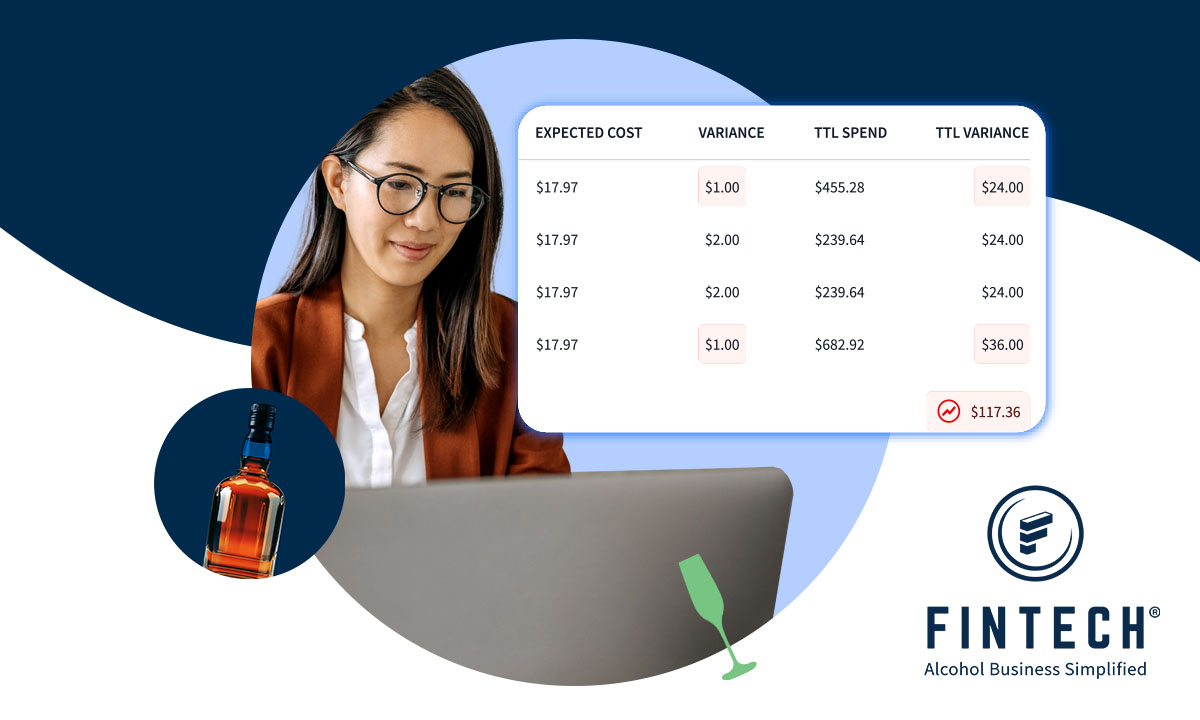How convenience retailers can navigate demand and maximize basket share and in-store sales despite shorter visits in the time of social distancing.
Last summer, before anyone uttered the words “COVID-19” or “coronavirus,” customers could enter a store and browse the aisles with no time limits, no masks, and certainly no arrows on the floor telling them which way to walk. Now, for better or worse, the landscape of the entire industry has changed, and retailers need to adjust the way they operate to attract and retain a profitable customer base. New safety regulations have restricted in-store capacity and inherently reduced the amount of time customers spend browsing, potentially harming c-store sales. They enter the store with a specific product in mind, grab that item without touching anything else, and head to checkout as soon as possible.
As we enter the dog days of summer 2020 and consumers adjust to changing regulations and shopping expectations, their eagerness to spend time opening individual beer coolers or browsing the wine section may be minimal. With increased social distancing measures and a heightened one-track consumer mind, how can convenience store operators best balance safety measures with steady, or even increased, overall basket size and in-store sales?
Stock the Right Products
The first step to increasing basket size in today’s market is to stock the right products. While this seems like a somewhat obvious way to get consumers to purchase more in your store, it’s often oversimplified. You want to stock the correct brand names and product types, but are you paying attention to package size? Are you watching trends surrounding your seasonal products? Now more than ever, customers entering your store are homed into the product they want, seeing trips to the convenience store as almost a timed mission. If you don’t have the exact item they’re seeking, they may leave without purchasing anything (and potentially not return). Conversely, stocking the correct product and package size will pay dividends in overall basket size and return visits.
To track products, retailers should not only investigate POS sales to consumers but also monitor sales into the location. For example, for alcohol sales, retailers can utilize Fintech’s Top Products report to audit the items entering the back door to ensure each site is purchasing the best options. Moreover, to balance in-store products, retailers should investigate local market data to understand their area’s top-selling products across every retailer in their area, then work to replace slow-moving products and stay competitive. In your store, are you only stocking domestics and neglecting the local IPA that’s selling well at your area’s bars and restaurants? Is the grocery store up the street selling out of seltzers, but you’re only carrying one brand? Keying into the right combinations of offerings can promote healthy in-store traffic and improve the chances that someone will pick up multiple products in one stop. These types of insights allow retailers to navigate customer demand and maximize in-store sales opportunities.
Learn how c-stores are automating their beverage alcohol business.
Pay the Right Price
Shortened shopping times and decreased sales opportunities mean that margins are more critical than ever, so products must be priced correctly, both at the purchase and at the sale. With alcohol especially, competitive prices are set before the product enters the store, and customers know what they expect to pay, so changing the sales price on a whim isn’t an option. To offer customers the best price possible and entice them to purchase more, retailers can’t afford to let inconsistent ordering or missed discounts impact their purchase prices. Stay ahead of price issues by monitoring each SKU’s exact cost and investigating overages before they impact the bottom line. Through Fintech, retailers can use detailed analytic reports to ensure they do not incur unnecessary ordering fees and maximize purchase opportunities that allow them to take advantage of quantity discounts on their alcohol. Once purchase prices are steady, sales prices can be set to maximize profits and entice bigger buys from the customer.
Place Products in the Right Spot
In the new landscape of corona-induced sales, customers want to get in and out of stores quickly with as little interaction as possible, and retailers are physically guiding the purchase experience by using tape to mark aisles and promote social distancing. With the new safety guidelines, where you place product in the store matters! By optimizing the placement of high-profit or popular items, retailers can easily increase basket size and bring high-demand products to the most attractive points on the customers’ journey through the store. For convenience stores, singles are one of the highest earners, so consider placing them on a route that’s simple to get to and maybe even closer to other big-ticket items, like snacks or the lottery ticket machine. Better placement increases your basket size and gives your customers an enhanced in-store experience that keeps them safe.
To maintain profitable customer visits, retailers must now balance safety with a desire to hit margins and expand basket size. By stocking the right products at the right price and in the right place, retailers can capitalize on shortened in-store opportunities and provide an experience that exceeds customer expectations in the new industry climate.






